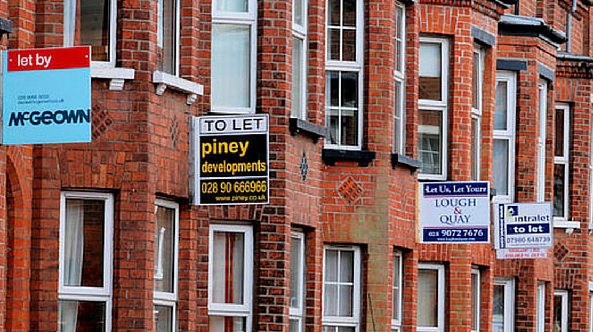With the strong UK property market continuing to show ongoing stability despite economic headwinds, what are the current trends being seen across the sector?
Activity in the UK property market is down compared to the heights of the past two years, but the current figures illustrate it’s a return to normality and not a free fall, as some had predicted would happen.
While sales were down 7.5% in Q1 2023 compared to Q1 2019, the ratio of sales agreed to new instructions remain at pre-pandemic levels, according to TwentyCi Property and Homemover Report.
The property market saw 269,000 residential sales in the first quarter of the year, and nearly 70% of all properties listed so far in 2023 have sold. The average asking price also remained at £420,000, which is 24% higher than in Q1 2019. So, most properties are selling and prices have locked in gains since 2019.
A more settled property market
The substantial fall in asking prices anticipated by some commentators has not materialised. While the level of transactions and house price increases isn’t matching the sales volumes or inflation seen over the past three years, a recalibration was always likely to happen.
In reality, the UK property market has demonstrated a robust performance overall. As energy costs ease and the potential for a recession recedes, many are expecting consumer confidence to gain further momentum. Additionally, when inflation begins to slide, the prospect of interest rate reductions will likely further support the market.
Colin Bradshaw, CEO of TwentyCi, said: “As the dust settles from recent shocks, the residential property market is emerging in remarkably robust shape. Whilst doomsday scenarios can’t be ruled out, it seems there is room for that old phrase ‘cautious optimism’.
“As energy prices ease and interest rates and inflation look set to be near peaks or trending downwards, stable or upside scenarios have certainly started to look more credible.”
A return to city centres
When it comes to sales trends, the “flight to rural and remote” areas seen during the pandemic was starting to wane and reverse in the first quarter of 2023, according to TwentyCi.
Additional figures from Rightmove recently revealed that soaring flat sales have been boosting the UK housing market recovery. Sales of apartments are currently 10% above pre-pandemic levels of 2019 as flats and apartments have seen the strongest revival.
There have been other recent reports showcasing similar patterns in the rental market as well where tenants are having a greater interest in flats than houses. For some, a flat may be a more financially viable option or could allow for a shorter commute.
New-build flats with the highest energy efficiency credentials and lowest energy costs are currently increasingly sought after among buyers, investors and tenants alike.
A rise in competitive pricing
New figures from Rightmove show the average house price across Great Britain edged up by 0.2% in April to £366,247. This is below the average rise of 1.2% normally seen this time of year. However, it reflects a more settled property market than the extremely busy past couple of years.
This also indicates that sellers are acting on their agent’s guidance to realistically price their properties and tempt buyers. The housing market is transitioning to a slower pace of more normal activity levels seen in the pre-pandemic market.
Tim Bannister from Rightmove explained: “Estate agents are reporting that while sellers in recent years might have seen multiple bids on their home, many understand the need to tempt Spring buyers with a competitive price in the current housing market.
“The unexpectedly stable conditions we’re seeing now may attract more sellers who had been considering a move in the last few years, but had been put off by the market’s frenetic pace.”










